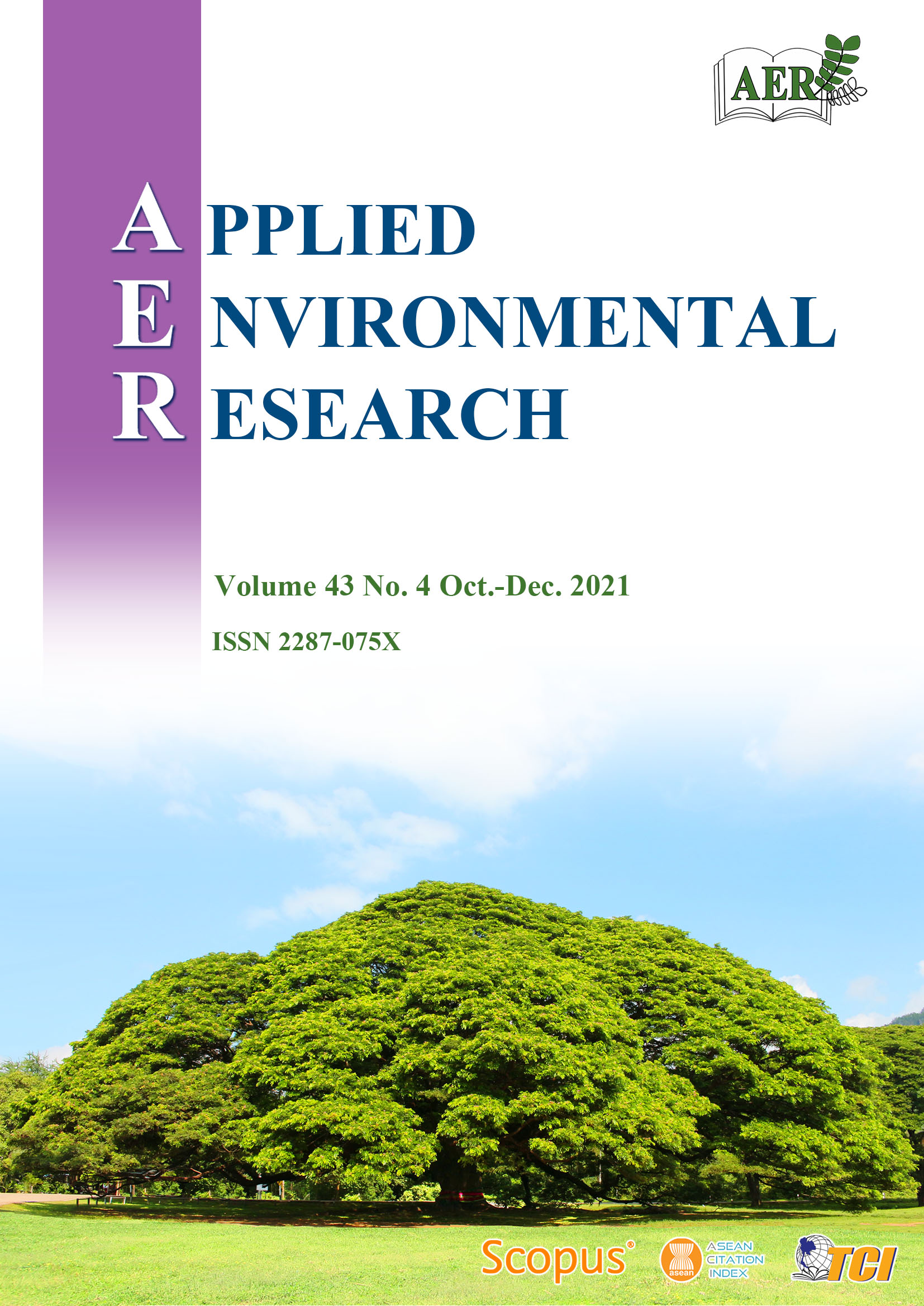Ozone Formation Potential of Ambient Volatile Organic Compounds at Roadside in Bangkok, Thailand
Main Article Content
Abstract
Volatile organic compounds (VOCs) play an important role in atmospheric chemistry due to their high reactivity—reacting photochemically with oxides of nitrogen (NOx) in the presence of solar radiation forming tropospheric ozone (O3). Each VOC species have different effects on ozone formation according to the rates and pathways of their reactions. The objective of this study aims to examine ozone formation from the estimation of ozone formation potential (OFP). The observation of 29 VOCs species was carried out in the urban area near the roads of Bangkok, Thailand. Measurements were carried out during the dry season, from 16th February to 15th March, 2018. The air samples were analyzed using gas chromatography flame ionization detector (GC-FID). The results showed that toluene had the highest VOCs concentration followed by propane, and carbon tetrachloride (CCl4). The average ratio of benzene to toluene (B/T) and toluene to benzene (T/B) indicate that both toluene and benzene emitted from industrial area and vehicular emission. Ratio of m/p-xylene to benzene (m/p-X/B) indicate that BTEX emitted far from the source. The ozone formation potential indicated that toluene was the main VOC contributing to the total ozone formation. High VOCs concentration in monitoring site was influenced by vehicular sources and the sea breeze brought the pollutants back to the land.
Article Details

This work is licensed under a Creative Commons Attribution-NonCommercial 4.0 International License.
Published articles are under the copyright of the Applied Environmental Research effective when the article is accepted for publication thus granting Applied Environmental Research all rights for the work so that both parties may be protected from the consequences of unauthorized use. Partially or totally publication of an article elsewhere is possible only after the consent from the editors.

